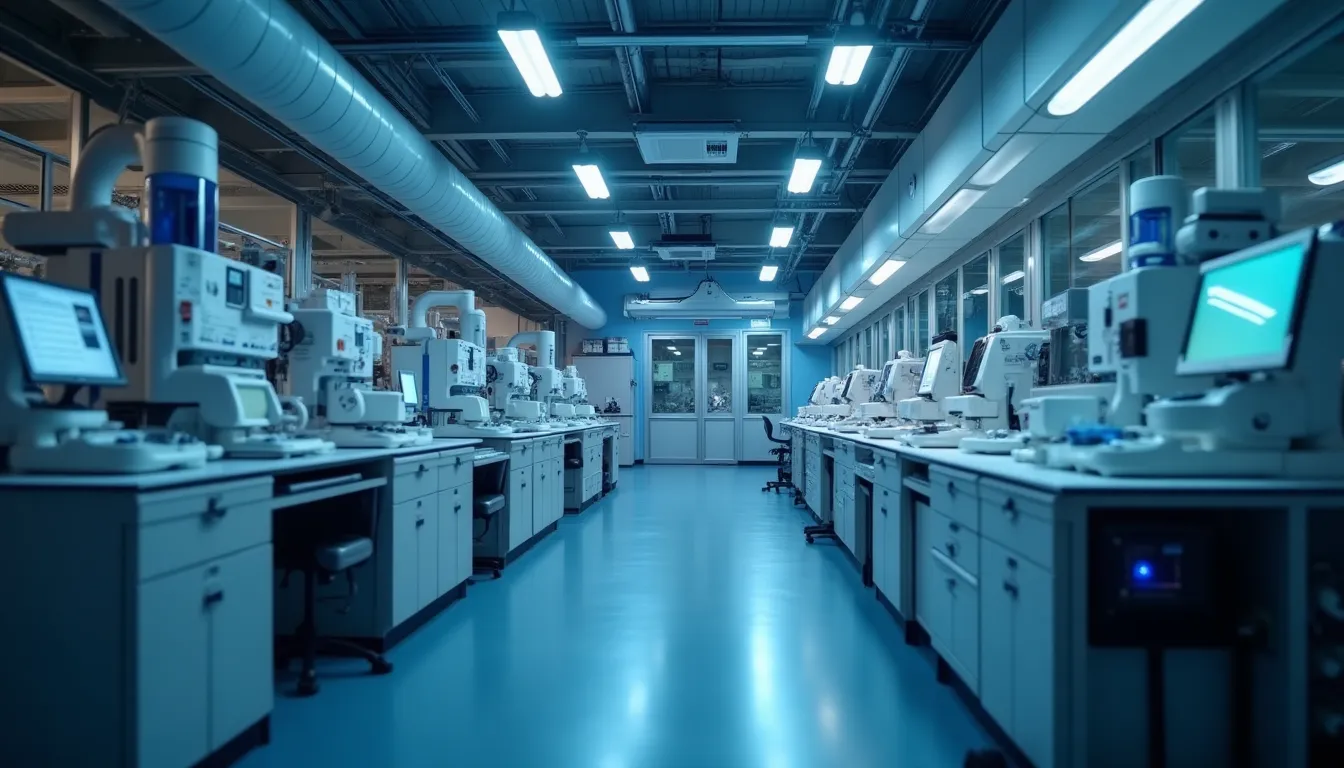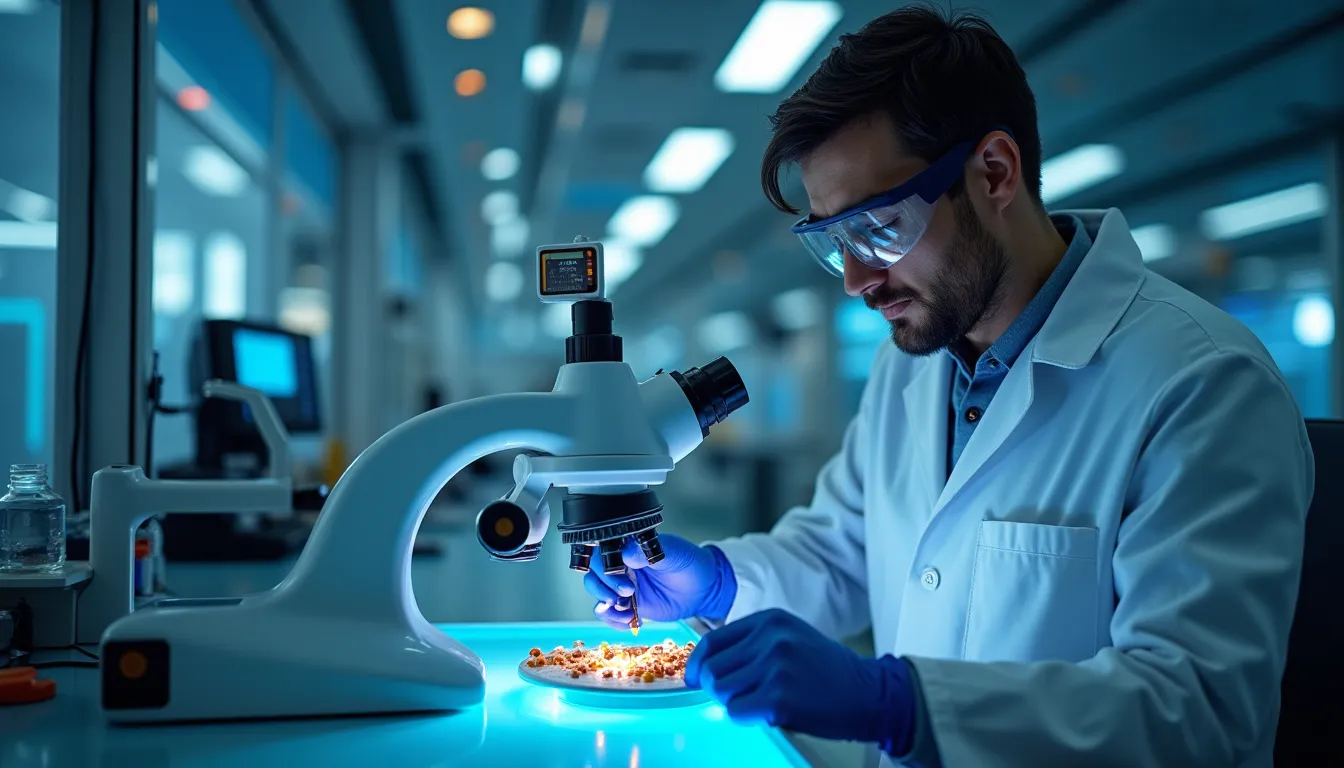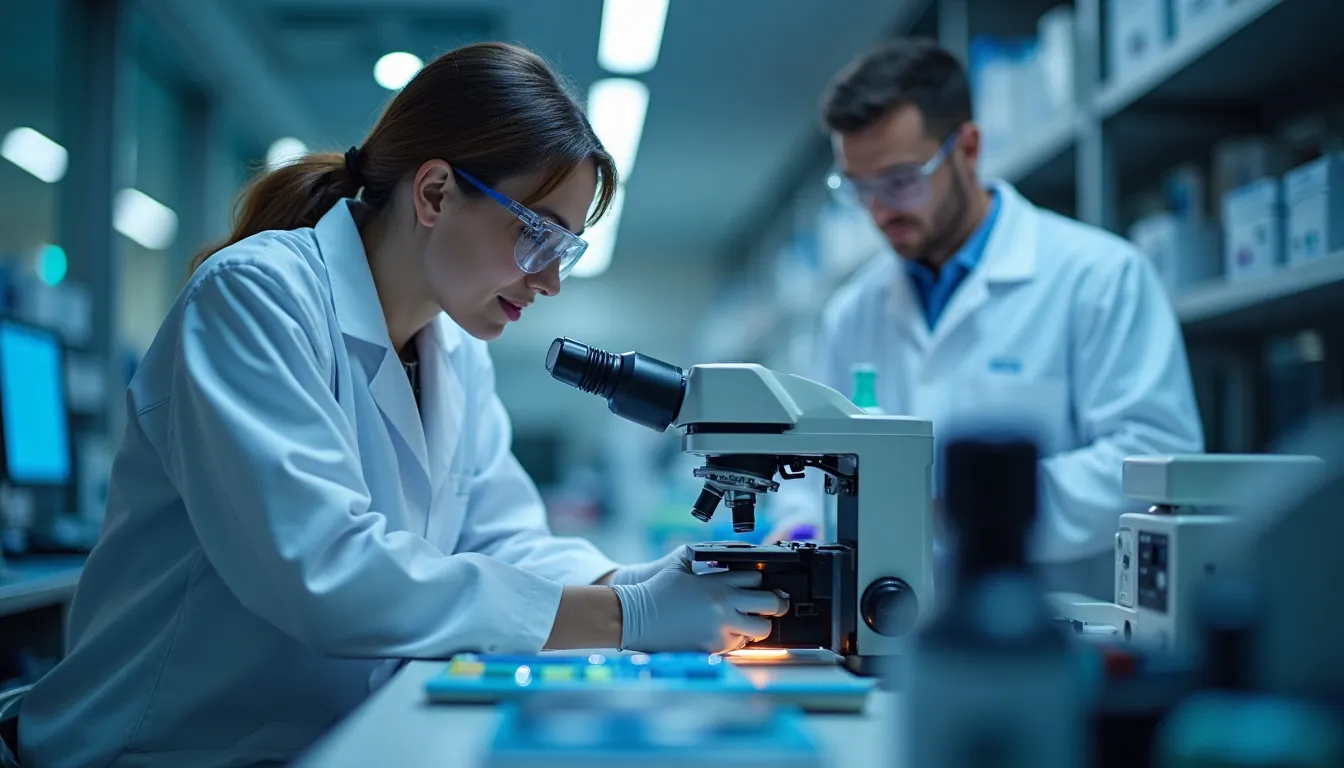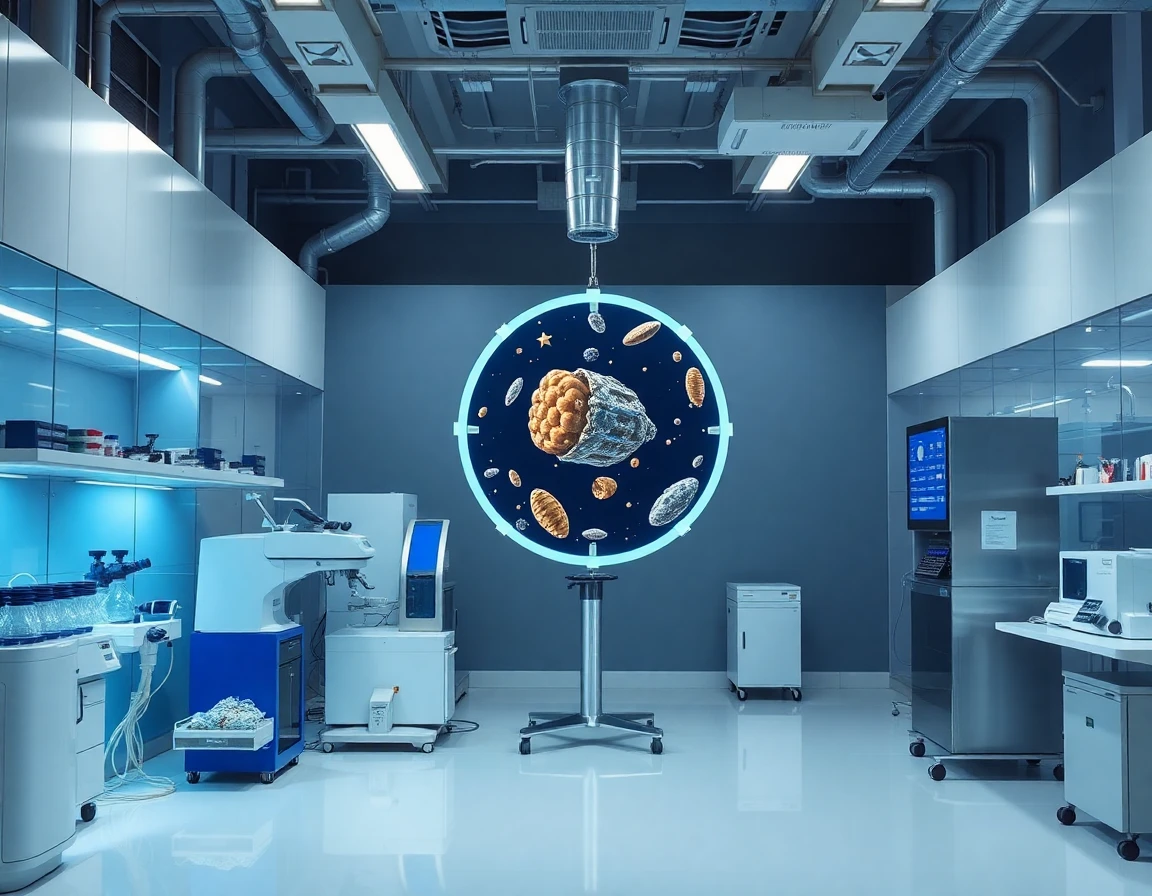The increasing congestion of low Earth orbit (LEO) due to space debris poses significant risks to operational satellites and crewed missions. In recent months, several groundbreaking initiatives have emerged from academia and industry, focusing on innovative solutions for space debris removal. This article explores these advancements, revealing how they’re shaping the future of sustainable space operations.
Addressing the Orbital Debris Challenge
As the number of satellites in orbit continues to rise, the accumulation of space debris has become an urgent concern. According to the European Space Agency (ESA), there are over 34,000 pieces of debris larger than 10 cm orbiting the Earth, with millions of smaller fragments also present. These remnants from defunct satellites, spent rocket stages, and other sources threaten active missions, necessitating a proactive approach to debris management.
University of Stuttgart’s CRC ATLAS Research
At the forefront of debris mitigation research is the Collaborative Research Center ATLAS at the University of Stuttgart. Their focus on Very Low Earth Orbit (VLEO) technology aims to enhance satellite operation while minimizing debris generation. Operating in VLEO allows satellites to naturally burn up upon decommissioning, significantly reducing the risk of collision with other spacecraft.
The interdisciplinary team at CRC ATLAS is developing advanced satellite designs that integrate climate science, propulsion technologies, artificial intelligence, and communication systems. These innovations not only support the Zero Debris Charter initiative but also enable cost-effective launches that are environmentally sustainable. As Dr. Klaus Müller from the CRC emphasizes, “Our goal is to create a new era of satellite operations that prioritize both functionality and the safety of space.”
Orbotic Systems’ RIDDANCE Project
Another significant advancement comes from Orbotic Systems, which recently secured a NASA Phase II Small Business Innovation Research (SBIR) contract to develop an autonomous debris removal system known as RIDDANCE. This innovative approach utilizes a net-and-tether architecture coupled with a passive drag device (D3) to capture small to medium-sized debris without the need for propellant.
The RIDDANCE system can autonomously detumble fast-spinning debris, ensuring secure net capture and passive descent for deorbiting. This technology aligns with international guidelines for debris removal and promises to deliver a cost-effective solution to a pressing problem. As CEO Jane Doe states, “RIDDANCE represents a leap forward in how we can clean up our orbital environment while maintaining operational efficiency.”
Atomic-6’s Space Armor
In parallel with active debris removal efforts, Atomic-6 has unveiled Space Armor, a novel composite material designed to protect satellites and astronauts from hypervelocity impacts caused by space debris. This lightweight yet robust material is produced through a proprietary fiber-to-resin process, allowing it to withstand collisions at speeds exceeding 16,000 mph.
Space Armor tiles are set for orbital testing with satellite customers next year, utilizing the existing debris environment as a natural testbed. The potential applications of this innovative shielding are vast, encompassing not only satellite structures but also crewed missions, enhancing safety in the increasingly crowded space environment.
Tohoku University’s Plasma Propulsion Breakthrough
Researchers at Tohoku University have made strides with a unique plasma propulsion system capable of remotely decelerating space debris. By emitting plasma to slow down debris, this method can facilitate a natural re-entry into Earth’s atmosphere without direct contact, minimizing entanglement risks.
Laboratory demonstrations indicate that a removal satellite employing this technology could achieve deorbit within approximately 100 days. This advancement addresses the critical challenge of recoil effects during plasma emission, marking a significant milestone in practical debris removal efforts. As lead researcher Dr. Hiroshi Tanaka notes, “Our plasma propulsion technology could transform the way we approach space debris management, making it safer and more efficient.”
Ongoing Monitoring and Modeling by ESA and NASA
The need for effective debris removal strategies is underscored by ongoing efforts from organizations like the European Space Agency (ESA) and NASA. Their collaborative work on debris monitoring and modeling is essential for understanding the long-term trends in the orbital environment. NASA’s Orbital Debris Program Office continuously updates methodologies for tracking and predicting debris explosions and movements, supporting informed decision-making in debris mitigation strategies.
Conclusion
The advancements in space debris removal technologies represent a collaborative effort across academia and industry, addressing one of the most pressing challenges in modern space exploration. With innovative solutions like VLEO satellites, autonomous debris removal systems, protective materials, and novel propulsion methods, the aerospace sector is making significant strides toward a sustainable orbital environment.
As we look toward the future, continued research and development in this field will be critical in safeguarding both current and future missions. By leveraging these cutting-edge technologies, the space community can ensure that the benefits of space exploration are preserved for generations to come.
References
-
United Airlines Flight UA1093 From Denver To LA Diverts To Salt … (www.thetravel.com) - 10/19/2025
-
United Airlines Pilot Injured After High-Altitude Debris Cracks … (simpleflying.com) - 10/19/2025
-
Orbotic Systems recently won a NASA Phase II award for an … (news.satnews.com) - 10/16/2025
-
New space debris shield: Satellites and astronauts could suit up in … (www.space.com) - 10/16/2025
-
For space travel without space debris | News | Oct 15, 2025 (www.irs.uni-stuttgart.de) - 10/15/2025
-
Frontier no more? - Michigan Engineering News (news.engin.umich.edu) - 10/6/2025
-
Tohoku plasma propulsion breakthrough tackles space debris (www.innovationnewsnetwork.com) - 9/8/2025
-
Plasma propulsion system could help remove space debris without … (phys.org) - 9/8/2025
-
Quarterly News - ARES | Orbital Debris Program Office (orbitaldebris.jsc.nasa.gov) - 1/1/2022



